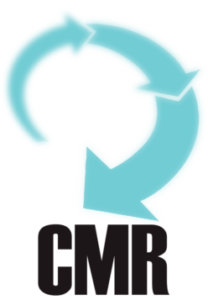“Invitation to get more involved in CMA.”
By Lisa Lyon Payne
CMR Editor
Four years ago, I received an email from then CMA President Rachele Kanigel with the subject line “Invitation to get more involved in CMA.”
The opportunity that followed, serving as CMA’s research chair, opened my eyes to the exciting and meaningful research our college media peers conduct, enhancing our lives as educators and advisers. Helping to cultivate and showcase the important works presented at the CMA academic research panels not only forged new relationships with my colleagues, but also strengthened a deep commitment to expanding and improving the body of knowledge in college media research. I am a research nerd at heart.
 I am honored to have been chosen to serve as the new CMR editor, and I am looking forward to the challenge of building upon the great work of my predecessor, Debra Chandler Landis.
I am honored to have been chosen to serve as the new CMR editor, and I am looking forward to the challenge of building upon the great work of my predecessor, Debra Chandler Landis.
I currently chair the communication department at a small, liberal arts university where, along with my journalism and communication teaching responsibilities as an associate professor of communication, I advise The Marlin Chronicle, the student-run newspaper. Continue reading “Payne assumes CMR editorship”

 However, resolution setting could be an excellent component of a back-to-school staff retreat or planning session for spring.
However, resolution setting could be an excellent component of a back-to-school staff retreat or planning session for spring.



 Print’s not dead and there is promising ad news, say observers
Print’s not dead and there is promising ad news, say observers Moonves was talking about TV ratings, but the same could be said about news literacy, which includes the development of skills to discern fact, opinion, bias and hidden agendas.
Moonves was talking about TV ratings, but the same could be said about news literacy, which includes the development of skills to discern fact, opinion, bias and hidden agendas. Cyber security issues hit too close to home
Cyber security issues hit too close to home Doing so, the center notes, helps protect journalists’ health and well-being and assists them in “staying resilient” in the face of pressures that may arise from reporting on difficult topics.
Doing so, the center notes, helps protect journalists’ health and well-being and assists them in “staying resilient” in the face of pressures that may arise from reporting on difficult topics. But the student journalists, like their peers on other campuses covering the Aug. 21 solar eclipse, hit the ground running.
But the student journalists, like their peers on other campuses covering the Aug. 21 solar eclipse, hit the ground running.